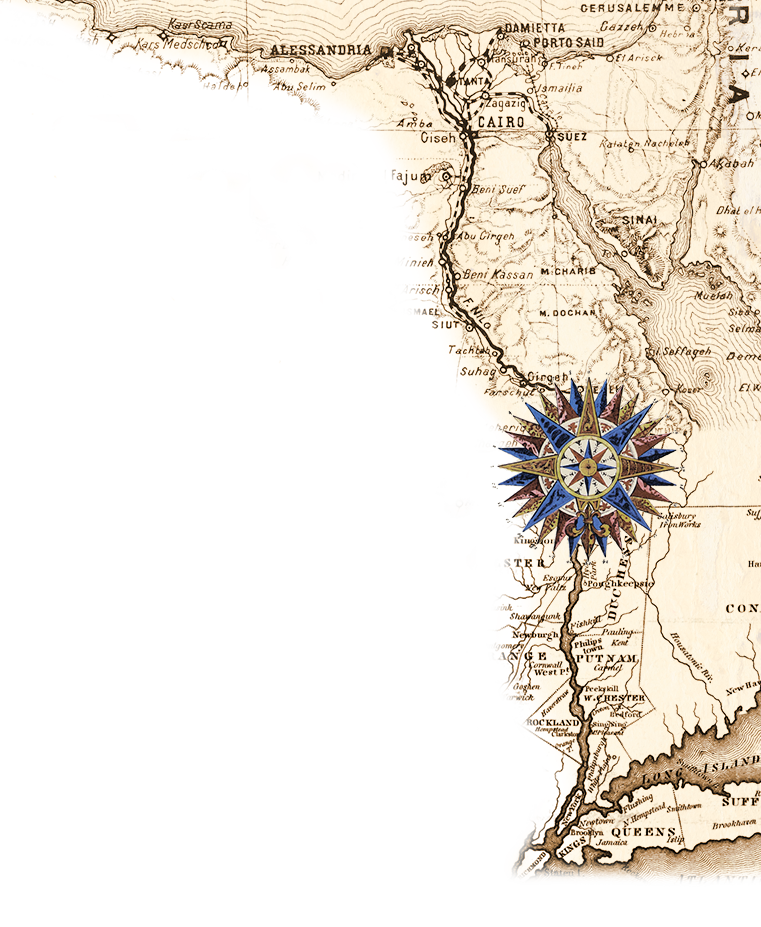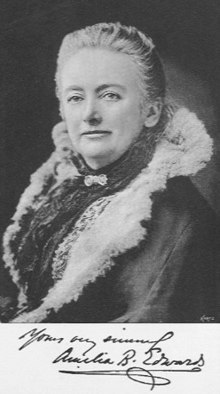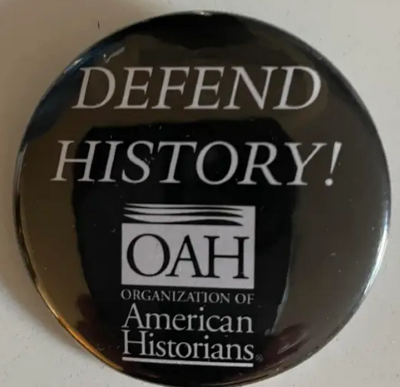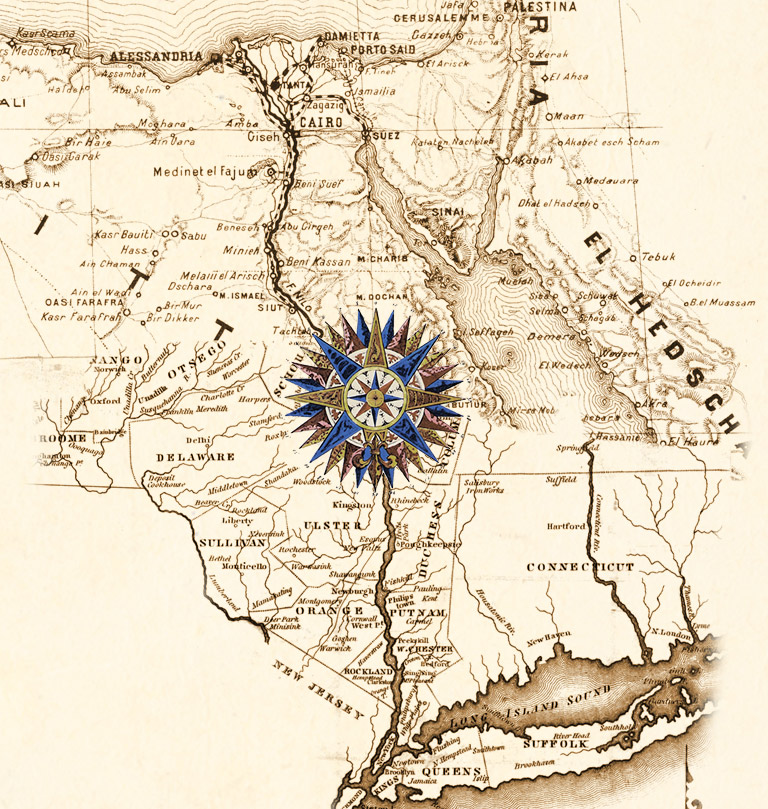
This blog is the third in a series on the study of the American Historical Association on the subject of “What Are American Students Learning about American History.” For the first two go to:
What Are American Students Learning about US History Today? (Part 1: Introduction)
What Are American Students Learning About US History? (Part 2: Overview)
The focus now shifts to the heart of the study.
Before delving into the report, there are some general observations about national patterns which deserve consideration.
High schools were and are universal. This led to multiple changes.
The high school building became a fixture in the civic landscape of a community. The physical state of the building became a comment on the state of the local community.
The high school became a center for non-academic activities, particularly sports, bands, cheerleading, and theater. These activities were visible to the general community in a way strictly classroom activities were not. Mascots became an important logo and symbol of identity for the school and the community.
Two new terms developed to describe the students attending these high schools – teenagers and adolescence. This meant such people were spending more and more time with their peers and less and less with their kin on the family farm.
The high school graduation ceremony became a defacto and unofficial form of naturalization where the graduating senior was recognized as an adult person in the community witnessed by family, friends, and elected officials.
Technological change provided increased mobility for these teenage adolescents independent of adult supervision..
Technological change provided increased means of communication for teenage adolescents independent of adult supervision.
Think of all the movies there have been related to these changes often with music.
Teaching now had to operate in a vastly different world then a few decades ago yet a century or more.
The AHA could not be expected to study all these developments. On the other hand, isolating a topic like history teaching from the surrounding world is incomplete too.
“AHA researchers immediately realized that two straightforward facts rendered sweeping generalizations about whitewashed history and brainwashed students implausible. The chasm between curriculum as written and the curriculum as taught… (18).
One might add the decentralization of the setting of standards further complicates the challenge of even having a single standard. As part of the study the AHA therefore reviewed the standards in all 50 states along with 877 distinct pieces of legislation related to US history education primarily over the last 40 years.. One common occurrence was noted.
State lawmakers also have repeatedly chosen social studies and US history instruction as a place in school codes to leverage moral authority, comment on issues of civic import, or recognize advocacy by particular constituencies. (21)
This diffusion guarantees a diversity of approaches regardless of any national directive.
Looking at US history curriculum historically, the AHA notes that “[t]he current clashes are hardly the first time that US history curriculum has become a proxy for ideological factions in the broader American culture war” (28).
Furthermore,
History has always been more likely than other subjects to provoke disputes about national identity. If common schools were, as Horace Mann put it, an “apprenticeship for self-government,” history took the role as head tutor. American history, a widely used mid-19th-century explained, inspired the pupil with tales of “virtue, enterprise, generosity, and patriotism… (29).
In 1884, the AHA was founded. It marked an effort to delimit the boundaries of professional historians as scholars and educators. In the meantime, state legislators were turning schooling into a compulsory fact of American childhood (29).
However a change had occurred in the discipline of history. The “sense of history’s purpose had grown beyond inspiration and instruction for citizenship” (29). The reason for the change was Germany. The latter had created the graduate school.
[A]cademic training increased the social distance between historians and history teachers. Many academics doubted whether the nation’s schoolteachers, many of whom were women and clergymen, were capable of transmitting the discipline’s new insights to American classrooms (30).
This disconnect continues to this very day. It has been the subject of several blogs that note the popularity of the so-called “airport” and “Fathers’ Day” history books versus the exceedingly publication runs of deeply researched academic history only of interest to other academics in the field. It is always a newsworthy event when a professional historian pens a book with general public appeal.
This did not stop professional historians between the 1890s and 1920s enthusiastically joining a cascade of special committees intending to bring order, disciplinary integrity, and continuity to elementary and secondary education (30). A goal was the scientific training for culture, character, and citizenship (30). This meant that history and not social, economic, or cultural matters should form the core of a US history course (30-31).
Of course professionals in those areas sought a seat at the table. Hence the new multidisciplinary class called social studies. Now history, geography, civics, and economics would be joined together (31). Historians were now caught between asserting the primacy of history versus elbowing for a place within social studies (32).
Tensions arose. But the public was not necessarily aware of the battle within the academic arena.
Despite an apparently diminishing profile for history in the schools, popular expectations—that history should be taught, and that its main themes should be heroism, patriotism, and (a contested) pluralism—drove an entire genre of activism (32).
The battle over history created some odd developments. European immigrants demanded that coverage of defining episodes of the American character, especially the American Revolution, be made inclusive of heroic contributions by their co-ethnics (33). One could add that as long as the newcomers to the United States were from southern and eastern Europe, it remained comparatively easy to incorporate these people into the fabric of American history. Think of George M. Cohan and Jimmy Cagney with Yankee Doodle Dandy, Irving Berlin with God Bless America, and Frank Capra with It’s a Wonderful Life. But what happens when the immigrants are global in origin? Will they still identify with the defining episodes of the American character? Will they celebrate the Sesquicentennial? We will know soon enough.
There were other challenges as well.
Confederates ever watchful for northern bias in textbooks.
Blacks who wanted to be included.
Historical scholarship of this era thus added scholarly and cultural cachet to the racist portrayals that structured generations of American textbooks, popular histories and film (34)
So they did exactly what they did in baseball. They created their own parallel organization, the Association for the Study of Negro Life and History. This provided an opportunity to refute white racist textbooks and extol their own achievements as long as the materials were distributed only to the segregated schools. That way even white school boards could approve them (34).
The criticisms of social studies textbooks were amplified when a New York Times study claimed there was an absence of US history in typical k-12 courses and that there was a “’striking ignorance’” of US history among college freshmen (35). By contrast a Rockefeller Foundation funded study conduct by the AHA published in 1944 demonstrated a nearly universal requirement in elementary and high school for social studies (35). Here the AHA is comparing apples to oranges. The issue at the college level was the ignorance of the students and not whether or not they had taken classes k-12. The report thus glides over the issue of what the students actually were learning in the social studies classes which according to the college professors was woefully inadequate.
By the 1960s, turmoil had engulfed social studies as it had so much of life. Multiculturalism and traditionalist were the terms of engagement. Eventually new standards were implemented that were more content-rich and which reaffirmed history’s distinct role in the curriculum. Although the term “social studies” remained dominant new organizations like the National Center for History in the Schools, the National Council for History Education, National History Day, and the Gilder Lehrman Institute of American History emerged. Soon there would be a federally sponsored Teaching American History grant program. It also was a time of Howard Zinn’s A People’s History of the United States and James Loewen’s Lies My Teacher Told Me.
The culture wars continue. One could add the New York Times 1619 project and critical race theory to the mix. The incoming President vows to eliminate the Department of Education. Many states advocate funding reductions for public schools. The battle for history in education is hardly over.





